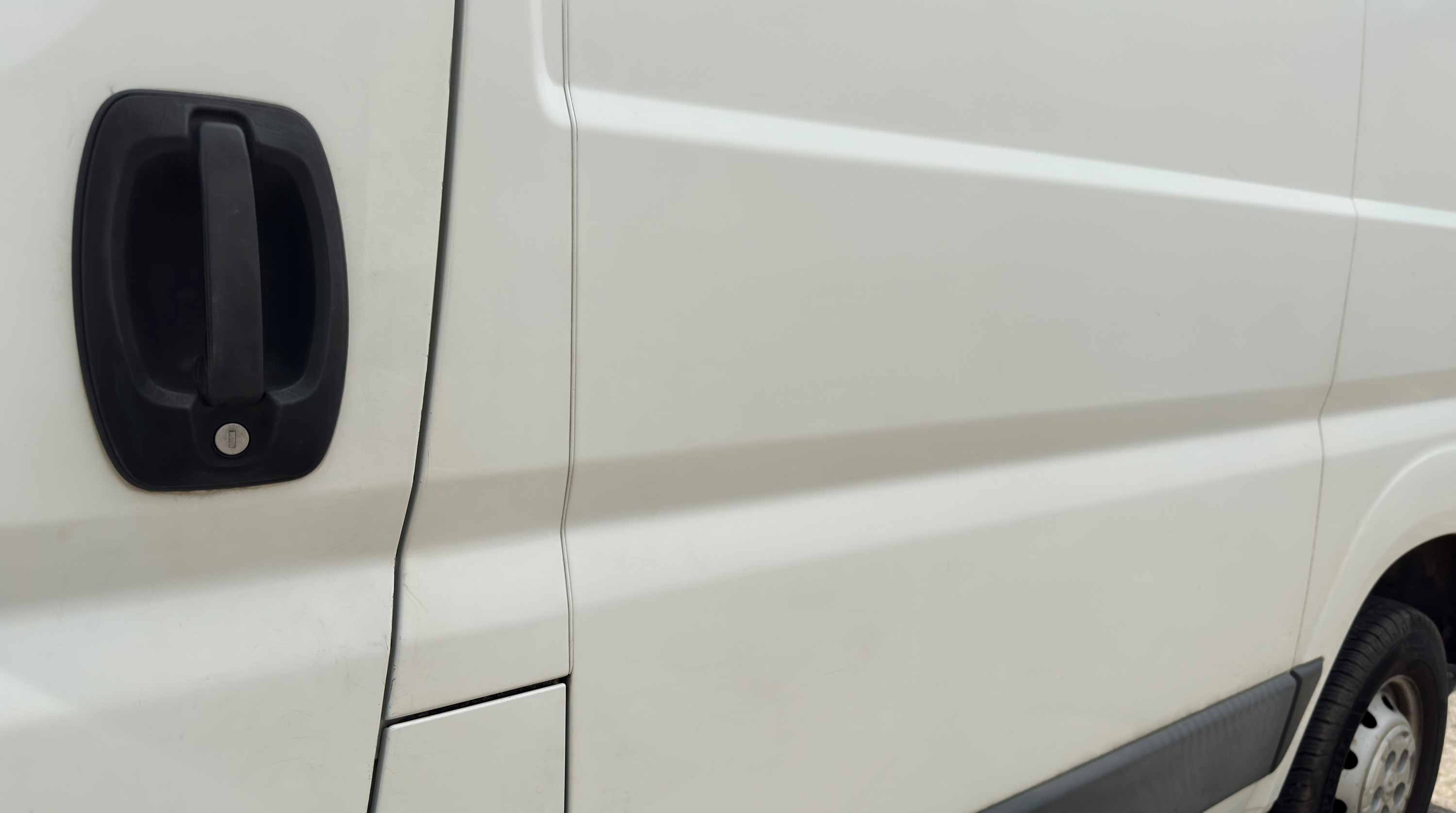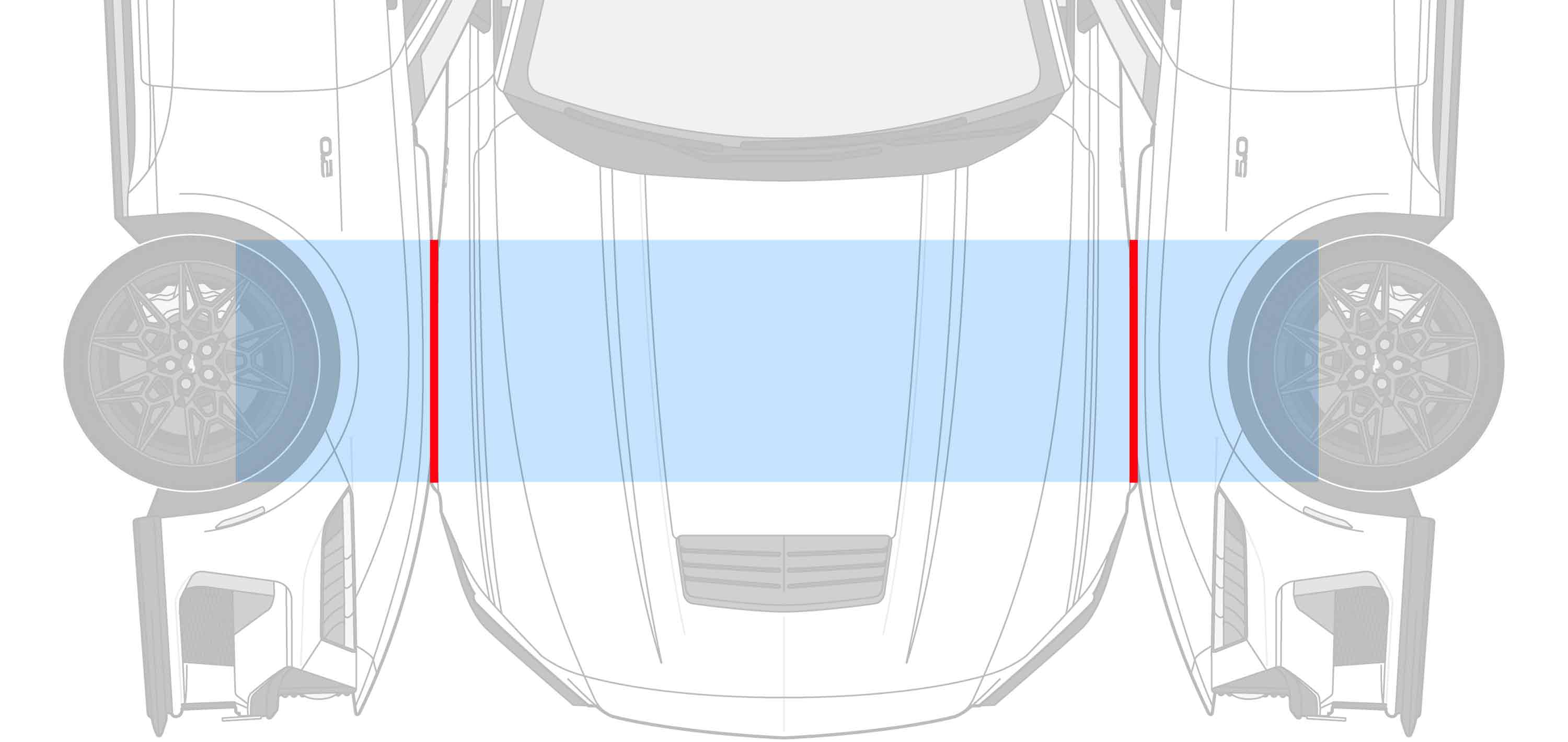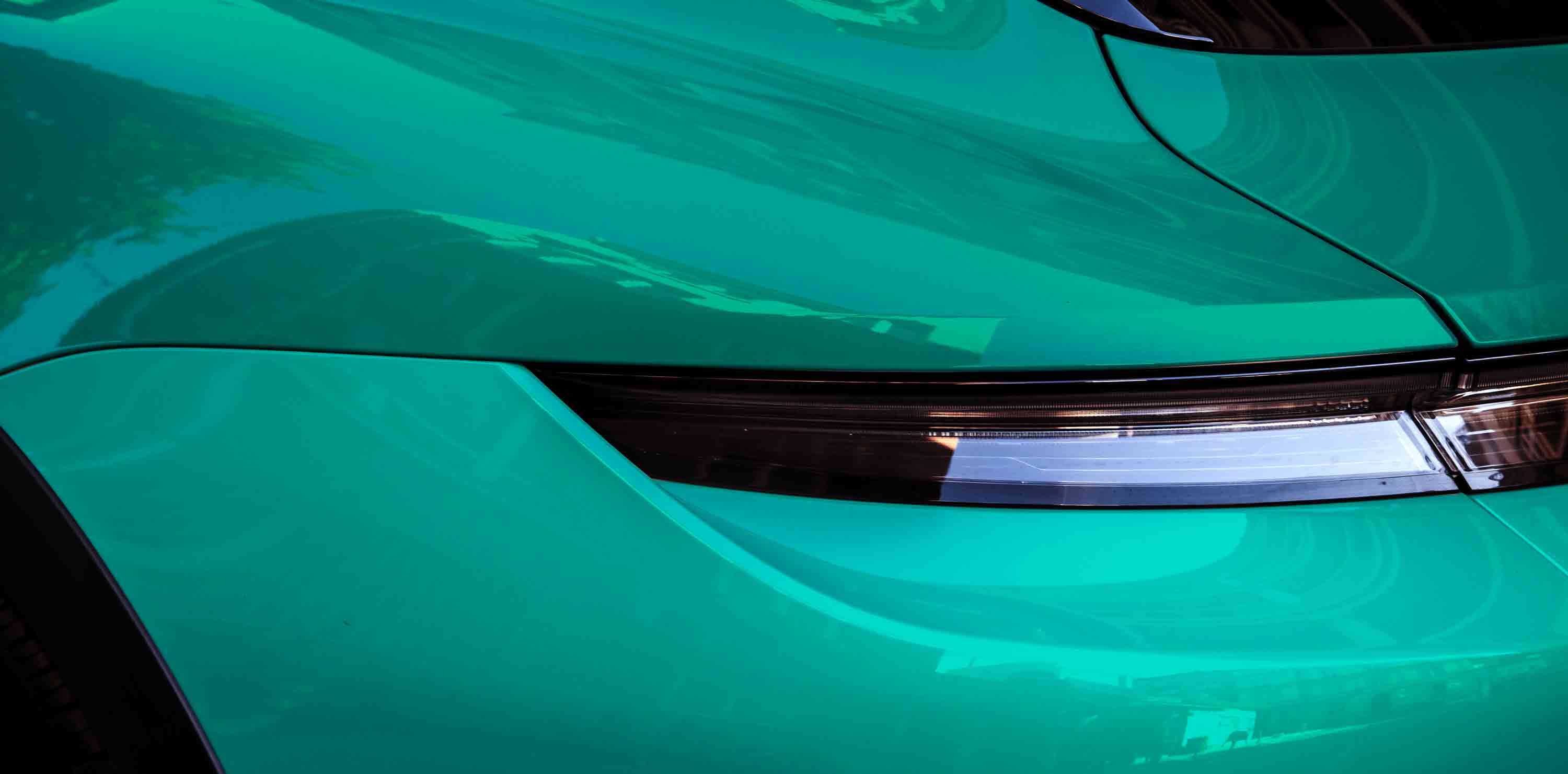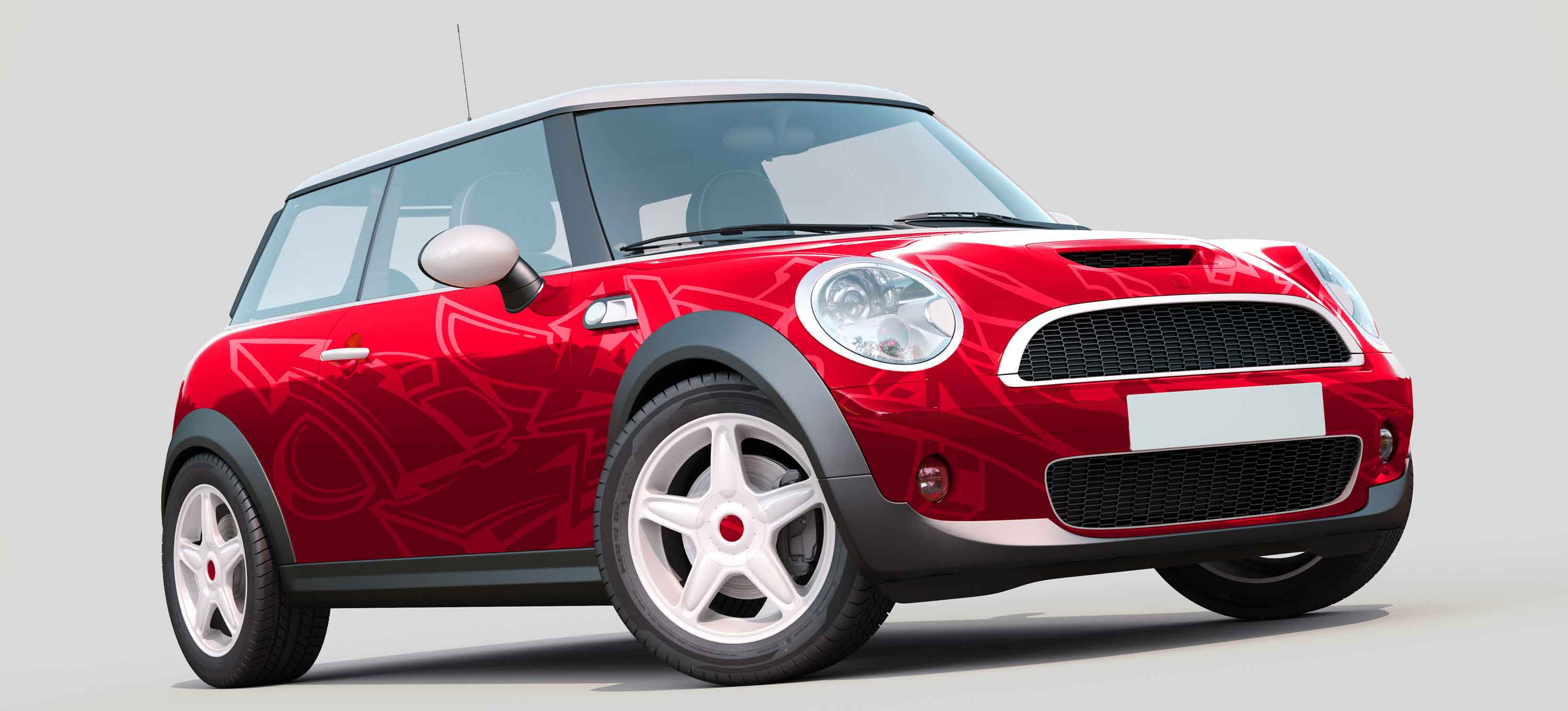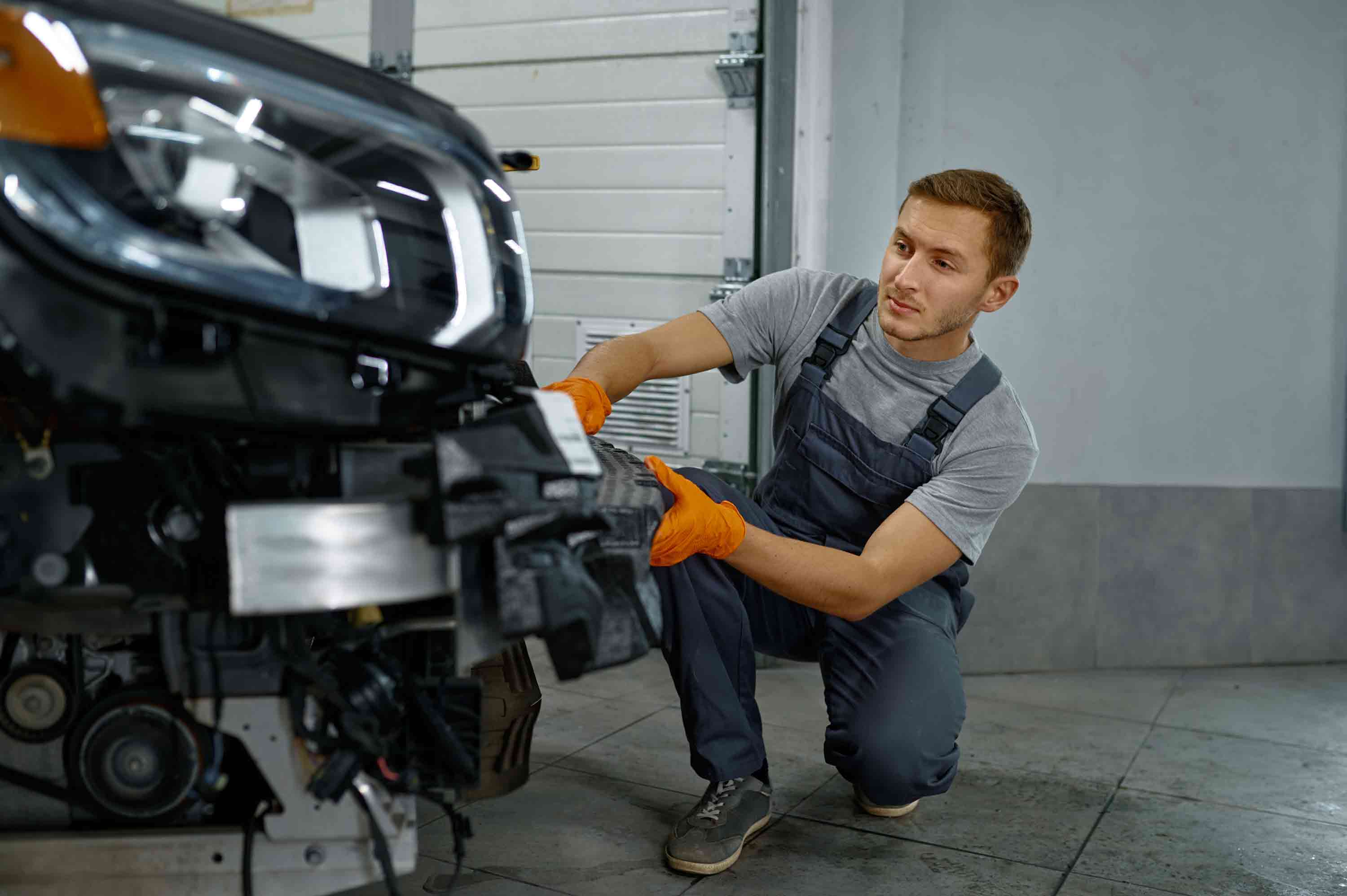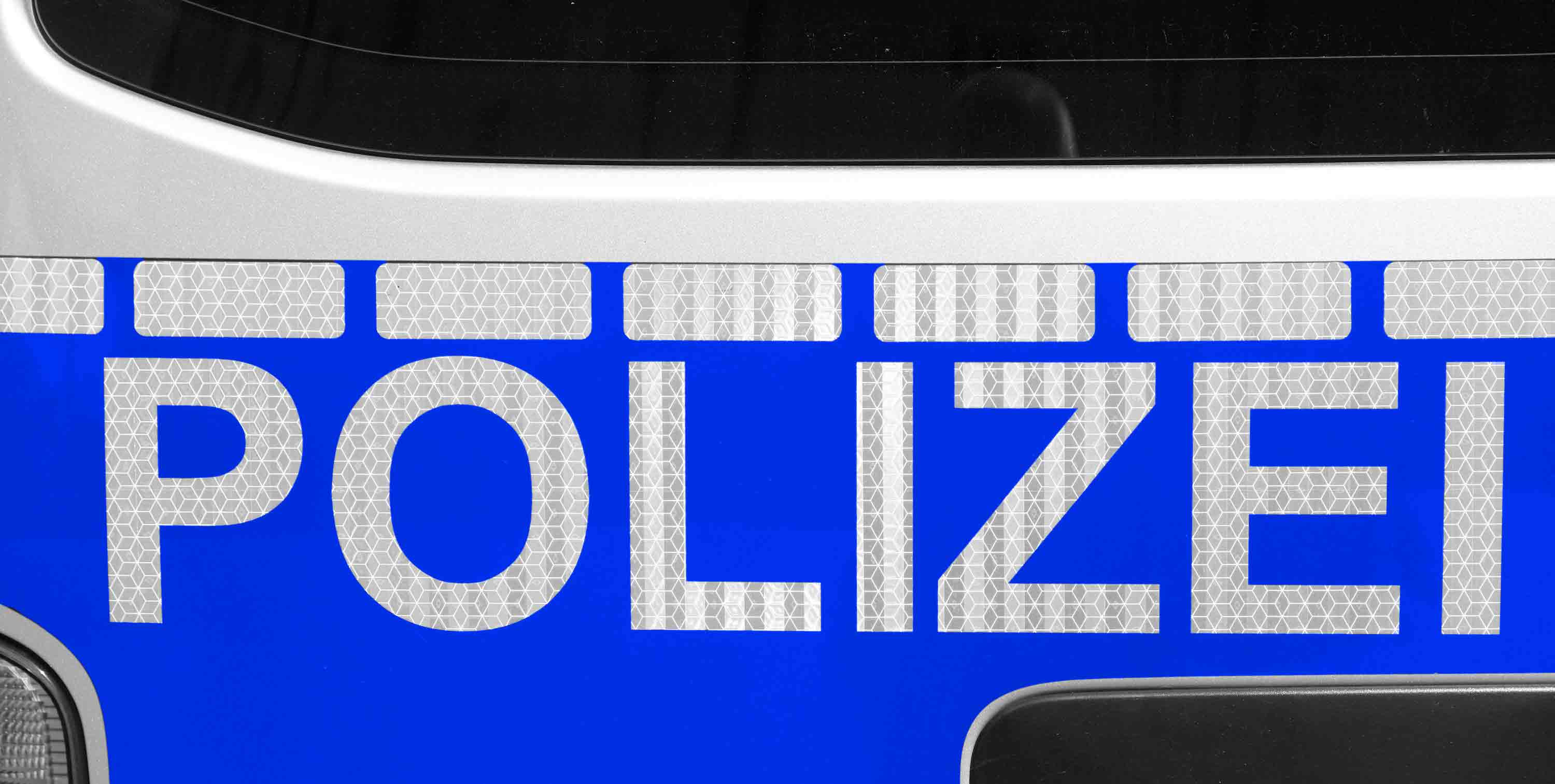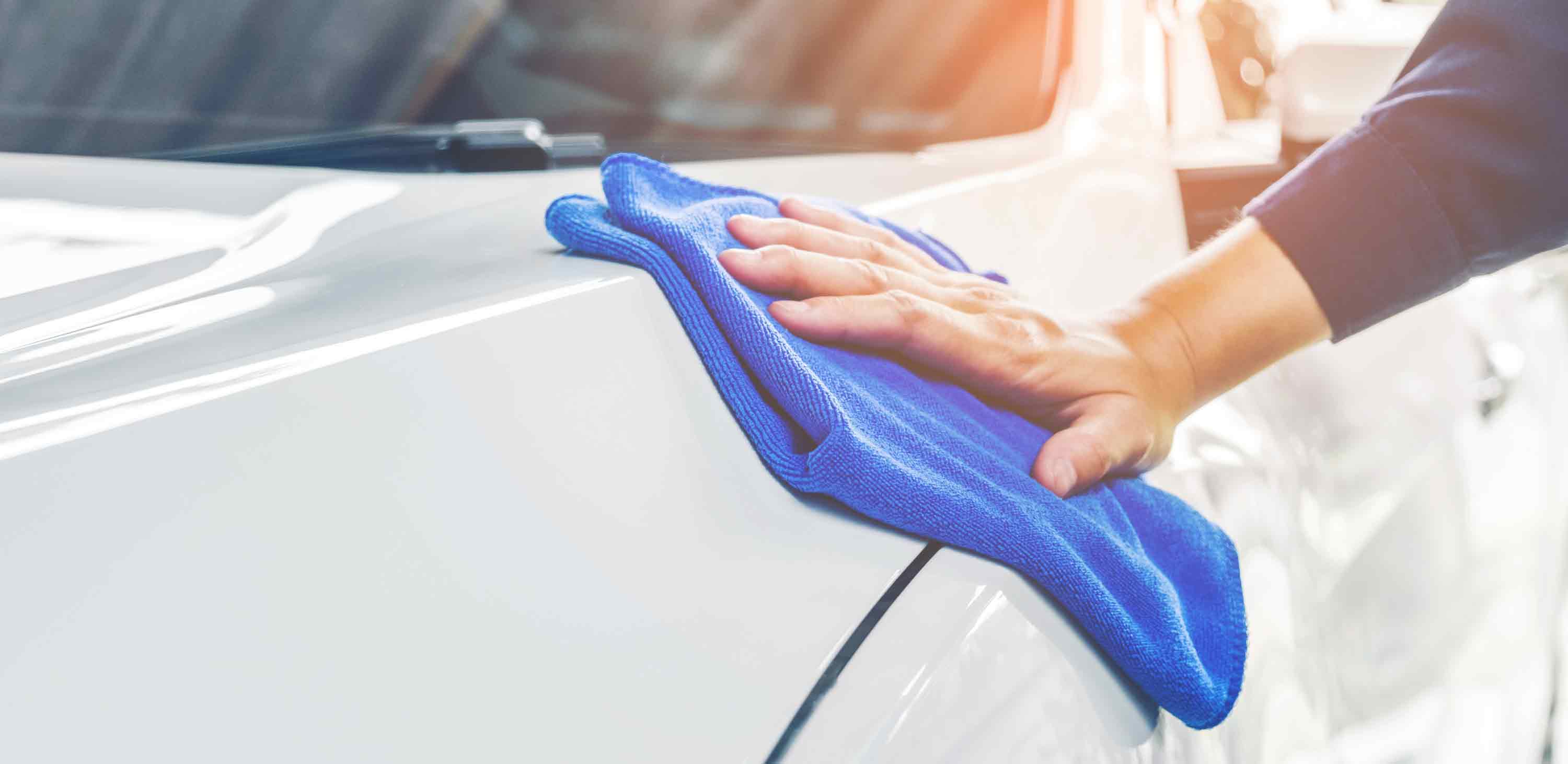Always measure on the vehicle before plotting foils!
In two-dimensional drawings, curved panes, curves and beads can only be represented inadequately. Sloping windows and surfaces are foreshortened in perspective, and corner radii may also deviate. The paths and dimensions of the drawings must therefore not be used for film cutting without first checking them on the original vehicle. creativ collection® accepts no liability for dimensional deviations.

